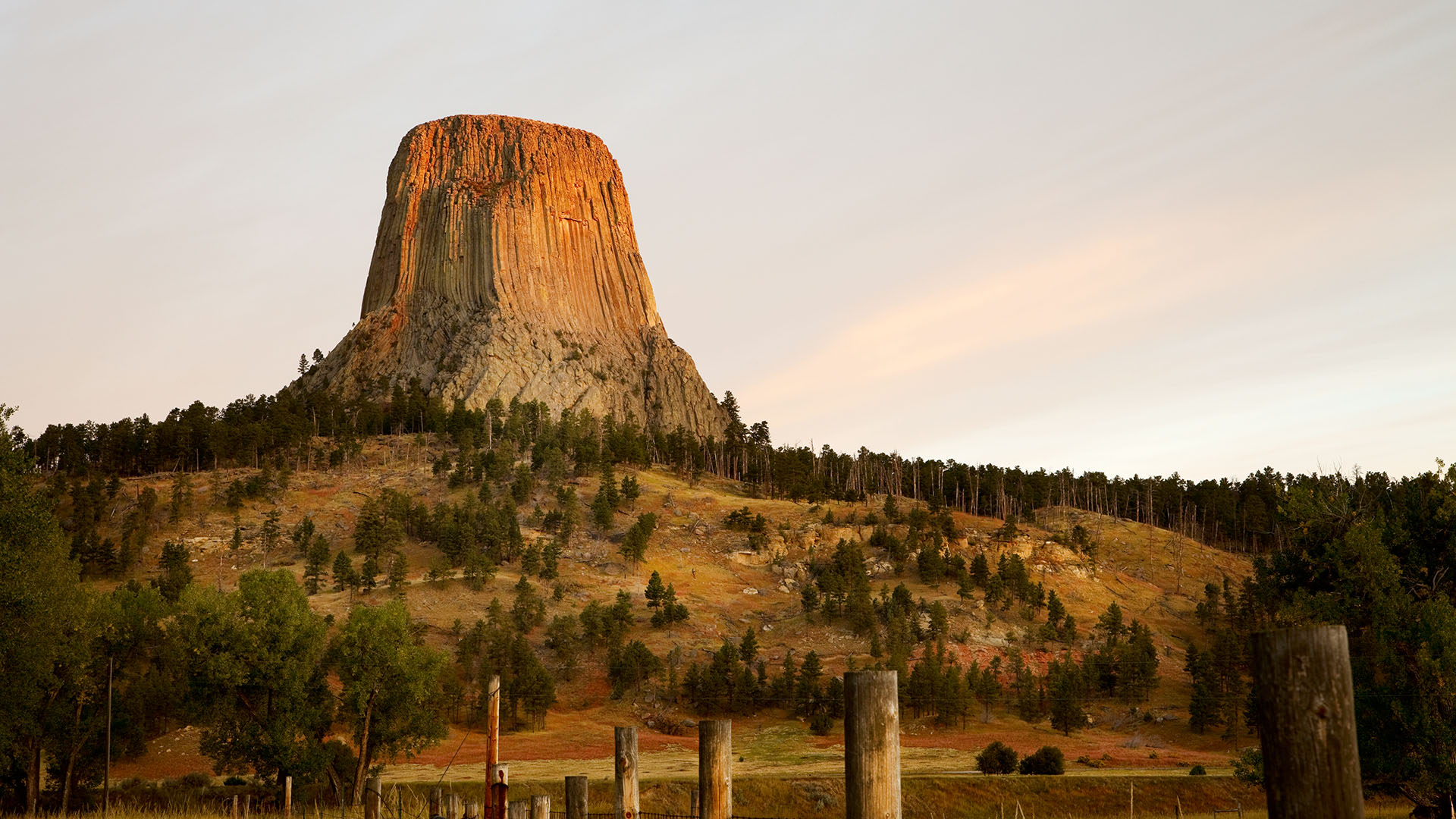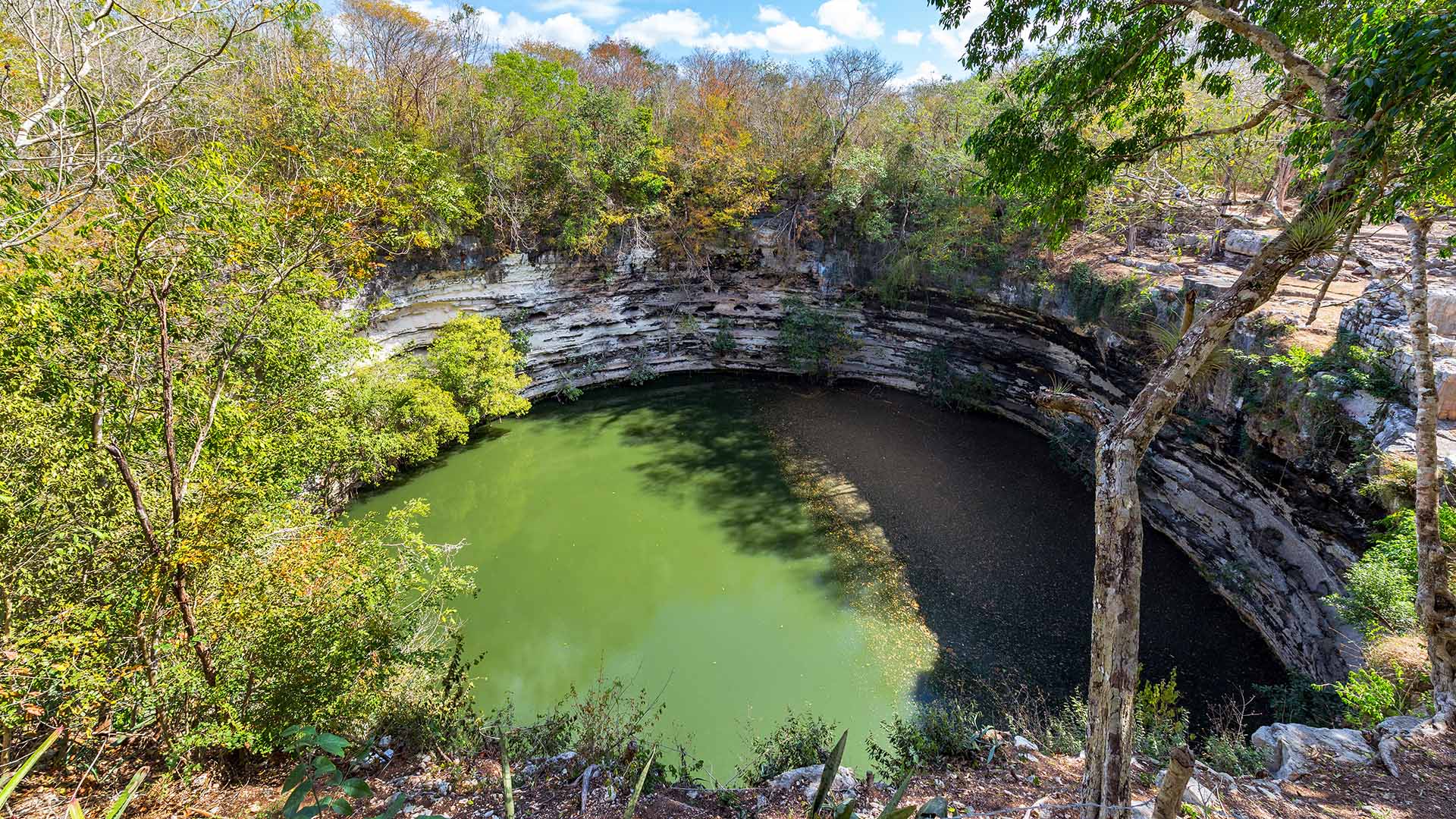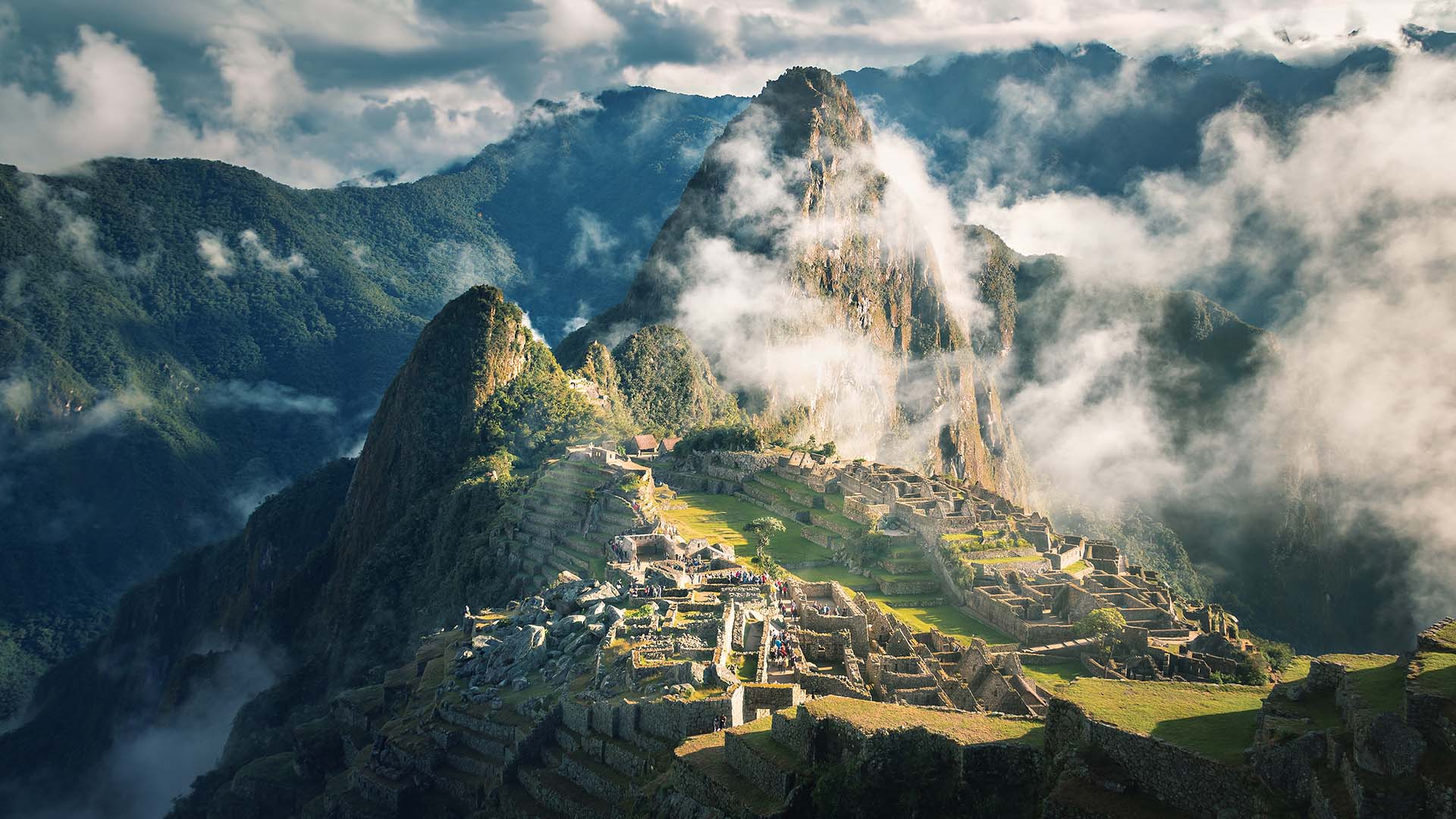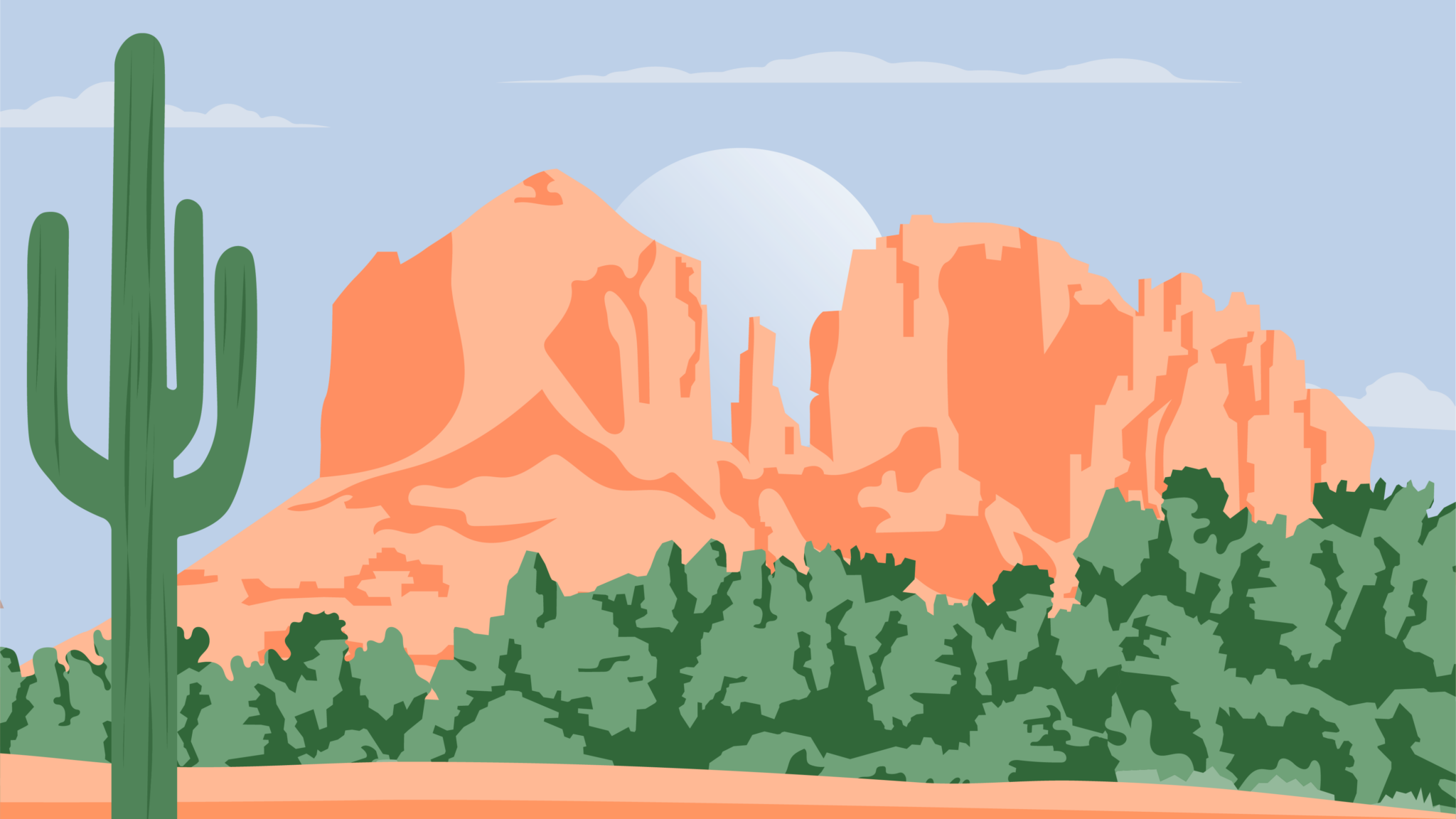When traveling, the number one rule is to be respectful of the local culture, and visiting sacred sites that hold significance to Indigenous people fosters an understanding of traditions and history that goes deeper than standard history books.
But one must tread lightly when doing so: Often these sites are not owned by the Indigenous peoples themselves. Avoid disrespecting a culture by disobeying rules and restrictions.
Here are six sacred sites around the world and ways to make sure that you’re visiting each site in a responsible and respectful manner.
As always, check for travel guidelines and closures before planning your trip.
Machu Picchu, Peru
Considered one of the new Seven Wonders of the World, Machu Picchu is believed to either have been a royal estate or a sacred religious site for the Incas before it was abandoned in the 16th century.
Dubbed the “Lost City” (though local families in the region knew of its existence), Machu Picchu was rediscovered by American archaeologist Hiram Bingham in 1911. Since then, this jungle-covered ruin attracts thousands of people each day, all hoping to experience the mystique surrounding the ruins.
Because it’s a bucket list destination, overtourism is a major problem. The Peruvian government is trying to regulate visits to the site with new rules, and visitors must be part of a tour when they visit. Travelers can book a tour from Yachay Wasi, led by descendants of the Incas, to get an Indigenous perspective of the site.
Devils Tower (Bear Lodge), Wyoming

Long before it was America’s first national monument, Devils Tower, or Bear Lodge, was the sacred place of worship for many tribes in the Great Plains and Black Hills. This towering granite rock rises 1,267 feet above northeastern Wyoming, and along with the Belle Fourche River, is steeped in Native American lore.
According to one legend, a giant bear clawed the mountainside while chasing several young maidens up the rock, leaving the remarkable formation in its wake. Since many of the tribes still visit the monument to perform ceremonial rituals, guests are asked not to touch any of the religious paraphernalia that has been left behind.
Uluru, Australia
Uluru, or Ayers Rock, is one of Australia’s most awe-inspiring attractions. Known as the heart of the “Red Centre,” it has been jointly managed by the Aboriginal Anangu people and the Australian Government since 1985, when Uluru-Kata Tjuta National Park was handed back to the Anangu, the land’s traditional owners.
This looming red rock has been a sacred spot for the Anangu for at least 30,000 years and is marked by spiritual sites and cave paintings that tell the history of their ancestors.
No longer allowed to climb the sacred rock, visitors are instead advised to walk around the base, out of respect and to preserve its surface. Explore every nook and cranny and take photos, just be mindful not to enter any restricted areas nor photograph ceremonial sites or burial grounds.
Cenote Sagrado, Mexico

Located just a short walk from the pre-Columbian Mayan archaeological site of Chichen Itza, Cenote Sagrado is a freshwater sinkhole with deep spiritual importance to the ancient Maya.
The cenote served as a pilgrimage site, and the ancient Maya threw trinkets like gold, shells and jade into the water. They also performed human sacrifices to please the rain god, Chaac. Although many of the cenotes around Mexico are perfect places for a quick dip, swimming is not permitted at Sagrado.
Keahiakawelo, Hawaii
Keahiakawelo, or the Garden of the Gods, is a rock garden known for its Mars-like surface — red, orange and ochre-colored boulders lie scattered around rugged terrain. According to one Hawaiian legend, this landscape is the result of a contest between two priests from Lanai and Molokai who challenged each other to see who could burn a fire the longest on their respective island, resulting it its scorched appearance.
However the rock garden came to exist, it’s an exceptional location to visit. Though you might be tempted to stack rocks or to take one home as a souvenir, don’t do it — both actions are forbidden.
Kakadu National Park, Australia
Kakadu National Park in Australia’s Northern Territory is a popular nature reserve, as well as home to one of the oldest communities of Indigenous people on the planet, who date back more than 40,000 years.
While there’s an opportunity to explore these wonderful wetlands full of birds, waterfalls and crocodiles, visitors can also meet local Aboriginal people — the Bininj/Mungguy — to learn about their customs and culture.
Better yet, book a cultural tour like the Animal Tracks Safari, which immerses its guests in authentic Aboriginal bush life for a few hours.




